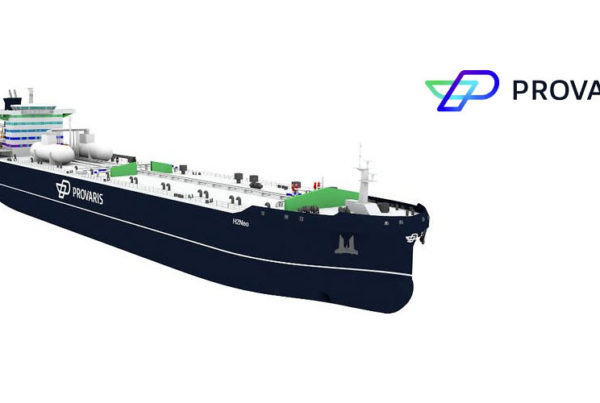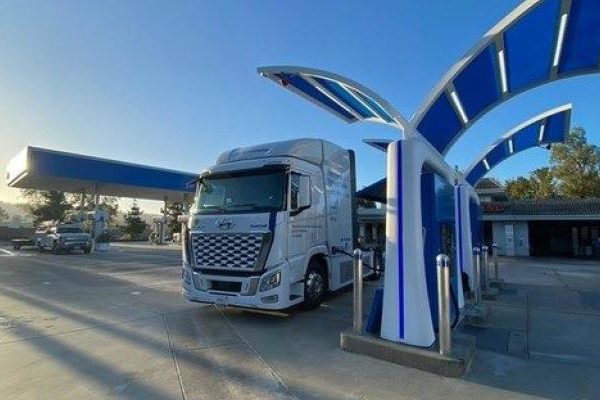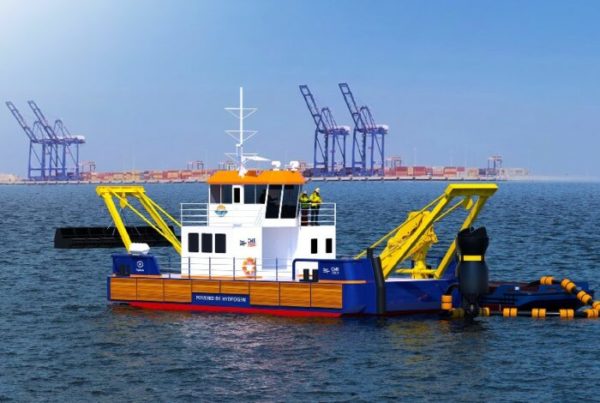
There’s a simple reason many drivers don’t like battery electric vehicles: they’re boring.
Weighed down by heavy batteries and producing no engine noise, they have been known to leave sportscar afficionados cold. That’s despite boasting exceptional acceleration and impressive top speeds.
The internal combustion engine is not being abandoned to raise the heart rates of a few sportscar enthusiasts; it is to help reduce carbon emissions and avoid catastrophic global warming. However, if those goals can be achieved while putting a smile on the face of former petrol heads that can only be a good thing.

Viritech’s hydrogen-powered supercar, the Apricale.
Hydrogen only produces water when burned or used in a fuel cell. When it is produced by splitting water with renewable energy and an electrolyser, it is from source to consumption the cleanest fuel on the planet.
Enter Viritech and its hydrogen-powered supercar, the Apricale. Because it is main source of power is a hydrogen fuel cell and not a battery, its weight is similar to an internal combustion engine-based sportscar, but its power is even greater (more than 1,200 bhp, for those who understand such things).
The car does feature a small, F1-style battery that provides extra oomph when needed, but at 5.6 kWh it doesn’t weigh the vehicle down.

Viritech is using the Apricale® as the development platform for a family of hydrogen powertrains broadly applicable across the automotive, aerospace, marine, and distributed power industries.
The fuel cell is ‘turbocharged’ by oxygen that is forced in under pressure to raise the power to 200 kW (402 bhp). The battery can discharge up to 600 kW (805 bhp) when needed, giving a total of 1,207 bhp.
The components are brought together by its Tri-Volt energy management system: in slow-moving traffic or urban settings, it just uses the battery; in regular mode, it just uses the fuel cell; while for letting rip, it uses both together.
The range is 300 miles in normal driving mode and 200 miles when being pushed to the max on a track. To the delight of Supercar fans, the turbocharger even produces a noise that apparently gives it a bit of personality.
Moreover, there are broader implications of these vehicles than merely setting pulses racing. Viritech is using the Apricale® as the development platform for a family of hydrogen powertrains broadly applicable across the automotive, aerospace, marine, and distributed power industries, for applications as diverse as HGV’s, light commercial vehicles, aircraft, ships and off-grid power.
Only 25 Apricales will be built, so if you have the money, you’ll have to move fast to secure one when the order book opens in October. But if that proves beyond your pocket, the technology developed for the Apricale can be expected to be found increasingly in many of the modes of transport we all rely on in our daily lives.
To learn more about Ryze Hydrogen click here.
SOURCE: RIZE HYDROGEN
Read the most up to date Fuel Cell and Hydrogen Industry news at FuelCellsWorks




